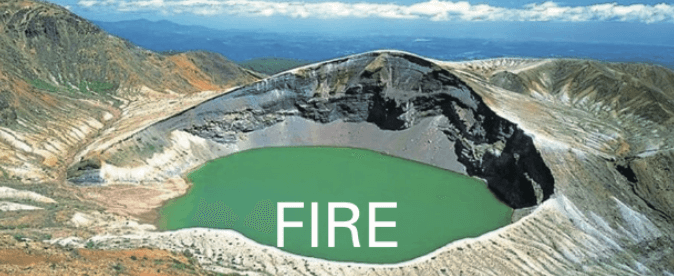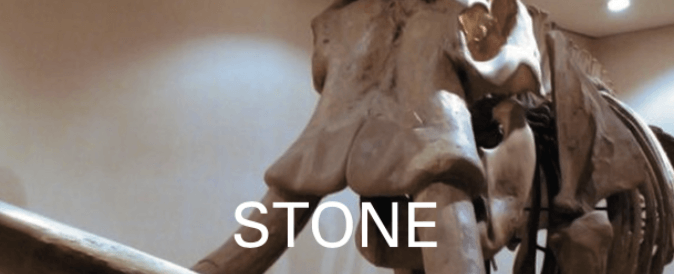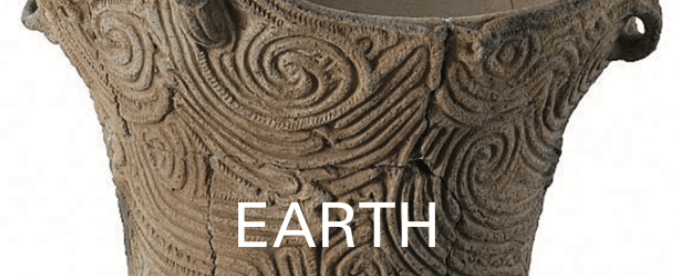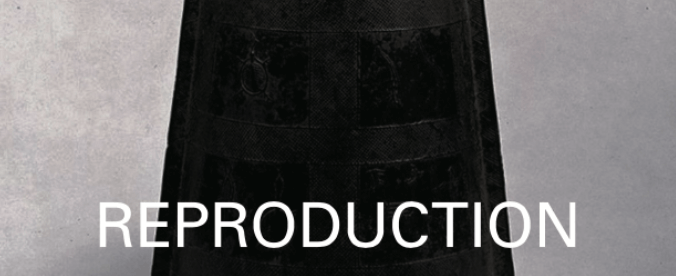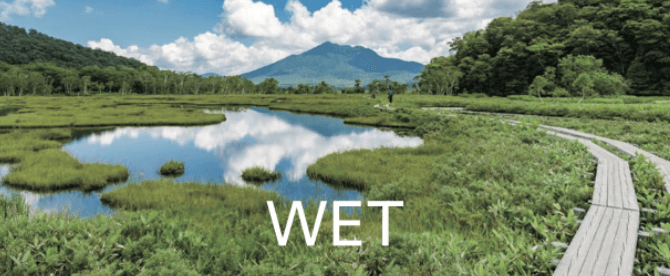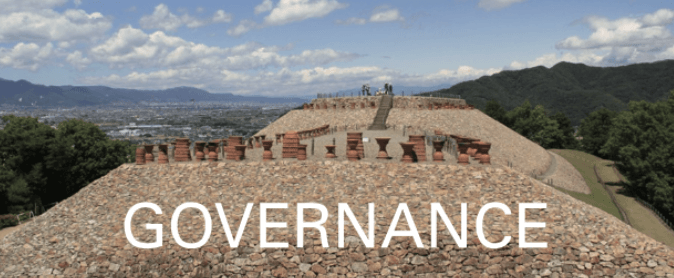
It is a square shaped tomb in a lateral holed, stone room. It is estimated that the construction dates back to the beginning of the 7th century. The enclosure of the upper part has already been lost and the giant stone is exposed.
This tumulus seems to be the burial mound of Soga no Umako (550?-626), who was an Oomi, the highest officer in national politics during the Yamato dynasty. According to the excavation investigation, the household was 7.7m long, about 3.5m wide, 4.7m high. Large and small 30 granites were used. The weight of the stone used on the ceiling, the northern side, was about 64t, and the southern side was about 77t.
The gross weight was about 2,300t. 1300 years later, the stone works did not collapse even after the Hanshin Awaji Great Earthquake, with a seismic intensity of about 5. It shows the precise process of carefully preparing the surface of a large stone.

“You will find the ancient elephant in the Paleolithic Age” -Akashi is on a complex landscape of Hills and Plains. 2 million years ago, it was the floor of a lake. In those days, the ancient elephant, Akashizou (Stegodon Aurorae), and great deer, which were as large as cows, stayed lakeside. This museum shows the skeleton specimen of the ancient elephant excavated here.
At this museum, you can learn about the history and culture of Akashi from ancient times to the present, and it introduces the dawn of Akashi City. Although the fossilized human bones of Akashi-Genjin, the humans in Akashi were lost in the Tokyo air raid during World War II, a piece of wood, with traces of human modification, was found in the same stratum where Akashi-Genjin was found on the Akashi coast, from 120,000 to 50,000 years ago. As a result, it was almost certain that Akashi had humans during that time.

“Asahi town, Jade Beach in Japan”- Asahi town in Toyama is famous for its Jade Beach and Fudoudou Site, from the middle Jomon period, 5,500 to 5,000 years ago. Jade was made in a deep geological layer, 500 million years ago. 700,000 years ago, with the Fossa Magna, Jade traveled to the beach side Jomon settlements, through mountains, rivers, and the sea.
This museum exhibits archeological materials such as Jomon pottery, stone tools, and magatama, ornamental beads from Asahi Town.
The Fudoudou Site, a nationally designated historic site near the museum, has the remains of a large pit structure, with a 7m long elliptical shape, from east to west. It is similar to the Sannai Maruyama site in Aomori Prefecture. Four stone-walled furnaces are regularly arranged along the long axis inside a large pit structure. It indicates that a civilization existed here.
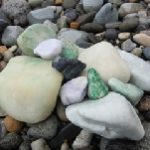
Miyazaki and Sakai Beach in Asahi Town, located at the eastern end of Toyama Prefecture, boasts the best water quality in the prefecture and is maintained as a swimming beach. They are said to be the Jade Beach, along with the beach of Itoigawa, Niigata Prefecture, where rough jade has been launched by waves.
Jade was a valuable accessory, as a symbol of ancient Exorcism. And ancient stone tool manufacturing technology could not have processed with those.

The southern Zenkojidaira, where the Chikuma River and the Sai River join, has been a source of rich soil and a large distribution center, since ancient times. In the Tumulus period in Japan, the king of Shinano chose the foot of Mt. Ariakeyama, along the Chikuma River, from which he could see his Kuni (domain). He built a keyhole tomb with a total length of about 100m on which stones were piled and lined with Haniwa (clay images).
The bones of the Naumann Elephant were excavated and dismantled from Shinanomachi Town, at Lake Nojiri, about 40 km north from the Mori-Shogunzuka Tomb. The museum displays a full-scale model of Naumann Elephant and introduces Shinano Nagano from the Paleolithic period, too.
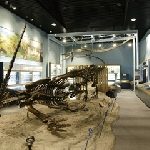
“The Islands sunk down and floated up” -Shinmachi is located at the north part of the Fossa Magna, the 6,000 meter deep land fissure created at the border of the Eurasia and the North American continental plates, 20 Million years ago. This town was at the Japanese Sea floor, 5 ‒ 4 Million years ago. This museum shows the sea floor fossils excavated here.
It exhibits fossils of the Paleozoic Era, such as trilobites, fossils of the Mesozoic Era when dinosaurs prospered, and fossils of the Cenozoic Era when humans were born. : Fossa Magna is the Great Rift Zone that opened in the middle of Honshu. It was named by Dr. Heinrich Edmund Naumann (1854 – 1927), a German geologist and teacher of Oyatoi Gaikokujin, the foreign employees in Meiji Japan.
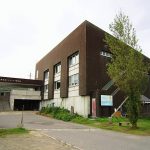
Bone Artifacts from 40,000 years ago! – This museum, located at the Lakeside of Nojiri, shows 1,000 of their79,000 relics of the Ice Age excavated from this lake. Tooth fossils from 40 Naumann Elephants were excavated. Visitors can see bone cleavers and scrapers made by the Nojiri people during the Paleolithic Age, 40,000 years ago. All of the roughly 85,000 items in this museum were excavated from Nojiriko Lake, since 1962. About 1,000 important fossils and relics are displayed.
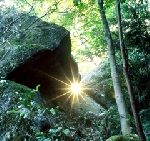
This megaliths site consists of Iwaya Iwakage site Megaliths, Megaliths of Higashinoyama and Megaliths with Petroglyph. The role of megaliths estimated more than 2500 years ago is an observatory that knows the turning point from solar operation.
The only megaliths that have a symbolic expression is Megaliths with Petroglyph, which have engraved the azimuth and altitude of the summer solstice in two lines. A lot of remains and earthenware from 8000 years ago are excavated around the site.
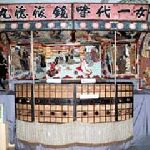
The museum exhibits fossils of the Naumann Elephant from about 250,000 to 20,000 years ago. The Seto Inland Sea used to be a paradise, where grasslands spread, connecting to the continent. Jomon Transgression commenced since about 19,000 years ago. The beauty of the Islands in the Seto Inland Sea is some remains of the paradise.
In addition, this museum introduces houseboats that used to live in groups and existed in the Seto Inland Sea until modern times. In the Sulu Islands in the Philippines, houseboats serve as marine vessels.

“Okinawa preserves the Paleolithic Age with limestone” -Paleolithic man arrived in Okinawa 36,000 years ago. They seem to be the Precursor of the Japanese people. You can see the bone collection of Minatogawa Man, the now-extinct Ryukyu deer, and the still-surviving flightless bird, yambaru kuina, from the Paleolithic Age 20,000 years ago. This general museum researches, preserves and displays natural history, archeology, history, folk and arts and crafts of Okinawa.
(Okinawa Islands were connected with Continental Eurasia 20,000 years ago in the last glacial period over the Yonaguni Channel, the Kerama Gap and the Tokara Channel.)
